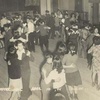
Dion and the Belmonts made the doo wop song famous with “Teenagers in Love.” We could call this segment “Nisei-gers in Love.” Was this the clash of the old world Issei tradition versus the new world Canadian way?
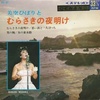
“The day the music died,” from the song “American Pie” by Don McLean, referred to February 3, 1959, the day Buddy Holly, Richie Valens, and the Big Bopper perished in the ill-fated plane crash in Clear Lake, Iowa. Those who were teenagers back then remembered ever so clearly when they …
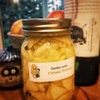
How can you tell a Nisei by looking at the food they eat? Have you heard of Cumberland chow mein, denbazuke, or karinto? In the case of Japanese Hawaiians, you have heard of and most likely have eaten Spam sushi. Spam sushi became popular after World War II when the …
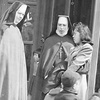
Greenwood, British Columbia, in Canada became the first internment center when Nikkei people were uprooted and “relocated” from the coast of B.C. On December 7, 1941, Japan bombed Pearl Harbor, and shortly after Canada declared war on Japan when Hong Kong, a British Commonwealth, fell to the Japanese army. This …
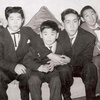
When the Canadian government finally gave the Japanese Canadians the freedom to have equal rights as all Canadians in 1949, they were able to choose their destination. The Nikkei families scattered across Canada. Some moved to the prairie provinces of Alberta, Saskatchewan, and Manitoba. Others moved to Ontario and Quebec. …
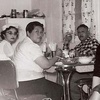
Most Yonsei (4th generation Nikkei) and Gosei (5th) are most likely living very comfortable lives with their parents. There may be a Lexus, Acura, and an Infiniti parked in the driveway. Okay, maybe I’m exaggerating. For sure, a Honda Accord, Toyota 4-Runner, and a Nissan Note could be seen in …
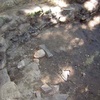
What is the old saying? “What is old is now new again.” For thousands of years, the Wakayama Prefecture craftsmen made charcoal to produce the finest steel to pound into samurai swords. These skilled Wakayama artists were coveted by the Shogun. They knew how to produce high-grade, quality charcoal to …